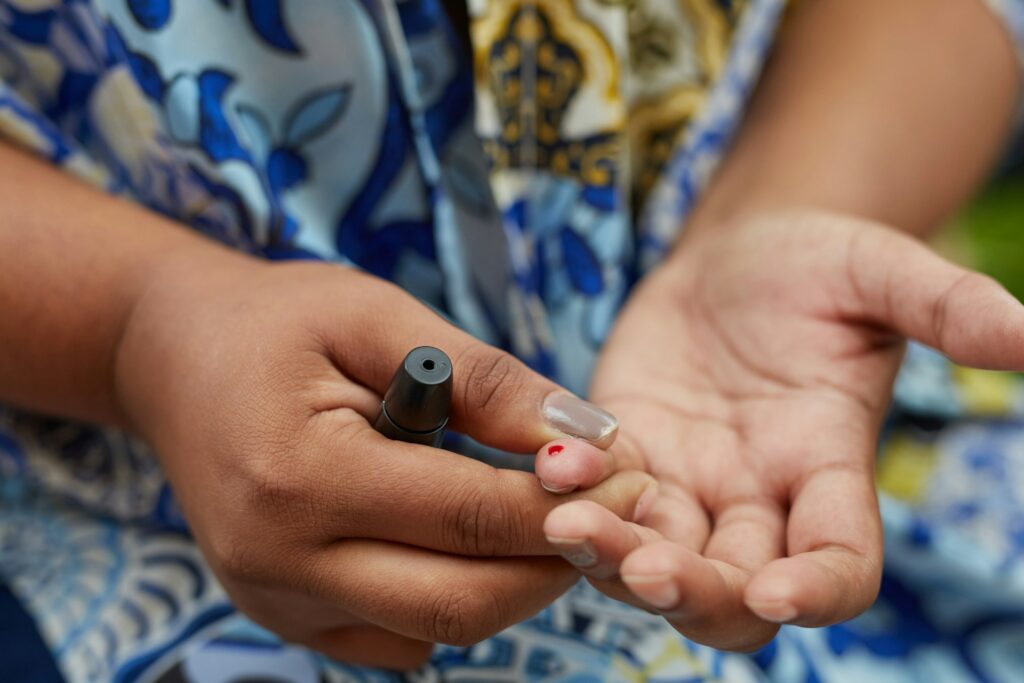The heart, often symbolically related to emotions, plays a crucial and literal role in pumping life through our veins. Each beat resonates with the intricate symphony of life. Understanding what constitutes a “normal heart rate” can provide critical insights into our health. But, just like our unique personalities, our heart rates vary based on a plethora of factors, making the quest for understanding heart rate quite intriguing.
Defining Normal Resting Heart Rate
A resting heart rate refers to the number of times your heart beats per minute when you are at rest. Typically, having a lower heart rate at rest means that the heart functions more efficiently and has better cardiovascular fitness. For most adults, a normal heart rate would be between 60 and 100 beats per minute (bpm). However, well-trained athletes may have a resting heart rate closer to 40 bpm, showcasing the influence of fitness on heart health.
Factors Influencing Heart Rate
- Age and Resting Heart Rate: As one progresses in age, the heart rate tends to slow down. Infants have a higher resting rate, which gradually decreases into adulthood.
- Physical Fitness: Those who engage in regular cardiovascular exercises often have a more efficient heart function, translating to a lower resting heart rate.
- Temperature and Climate: Environmental factors, like high temperatures and humidity, can elevate the heart rate.
- Emotions: Feelings of anxiety, stress, or excitement can temporarily spike the heart rate.
Why Should We Monitor Our Resting Heart Rate?
Consistently high or low resting heart rates could be indicative of underlying health conditions. A rate above 100 bpm in adults, termed tachycardia, or below 60 bpm, known as bradycardia, should be assessed by medical professionals. While the former can be linked to conditions like anemia or hyperthyroidism, the latter could result from a heart blockage.
The Connection Between Heart Rate and Overall Health
A resting heart rate serves as a window into one’s cardiovascular health. Persistently high rates can indicate stress, poor fitness, or underlying conditions. Conversely, a low rate, unless in a well-trained athlete, could signify issues with the heart’s electrical system.
How to Measure Your Resting Heart Rate
For an accurate reading, measure your heart rate when you’re at rest. The best time is when you wake up in the morning, just right after getting out of bed. You can measure it by:
- Placing your index and third fingers on your neck, beside your windpipe.
- Counting the number of beats in 60 seconds.
Modern technology has also provided us with digital tools and apps to monitor our heart rates effortlessly.
The Role of Fitness in Achieving a Normal Resting Heart Rate
Engaging in cardiovascular exercises, like jogging, swimming, or cycling, can improve heart efficiency. As the heart muscle strengthens, it pumps more blood with each beat, requiring fewer beats to circulate the same amount of blood.
When Should You Be Concerned?
While fluctuations in heart rate are normal, persistent irregularities should be addressed. Consultation with a healthcare professional is advised if:
- Your resting heart rate is consistently above 100 bpm or below 60 bpm (and you’re not an athlete).
- You experience frequent shortness of breath or dizziness.
- There are persistent palpitations or irregular heart rhythms.
The Influence of Medications and Caffeine
Certain medications, especially those designed to treat high blood pressure, respiratory conditions, or mood disorders, can influence heart rate. Beta-blockers, for instance, are specifically designed to lower the heart rate and blood pressure. On the flip side, consuming stimulants like caffeine, found in coffee, tea, and certain medications, can temporarily raise the resting heart rate. This is why it’s essential to monitor and be aware of any potential changes in your heart rate if you’re starting a new medication or consuming caffeine-rich products. It reinforces the importance of holistic health awareness, where every aspect of our lifestyle, down to the morning cup of coffee, plays a role in the intricate ballet of heartbeats.
A Step Toward Monitoring: The Viedial App
To effectively monitor heart rates and maintain a record, digital solutions like the Viedial app come in handy. With features tailored to track and analyze heart rates, it serves as a valuable tool in our cardiovascular health solution toolkit.
Our heart’s rhythmic beats narrate tales of our health, emotions, and lifestyle. Understanding what dictates a normal heart rate helps in assessing our overall health. With tools like the Viedial app, staying informed and proactive becomes a breeze. As we tune in to our heart’s beats, we embark on a journey of self-awareness and proactive health management.




